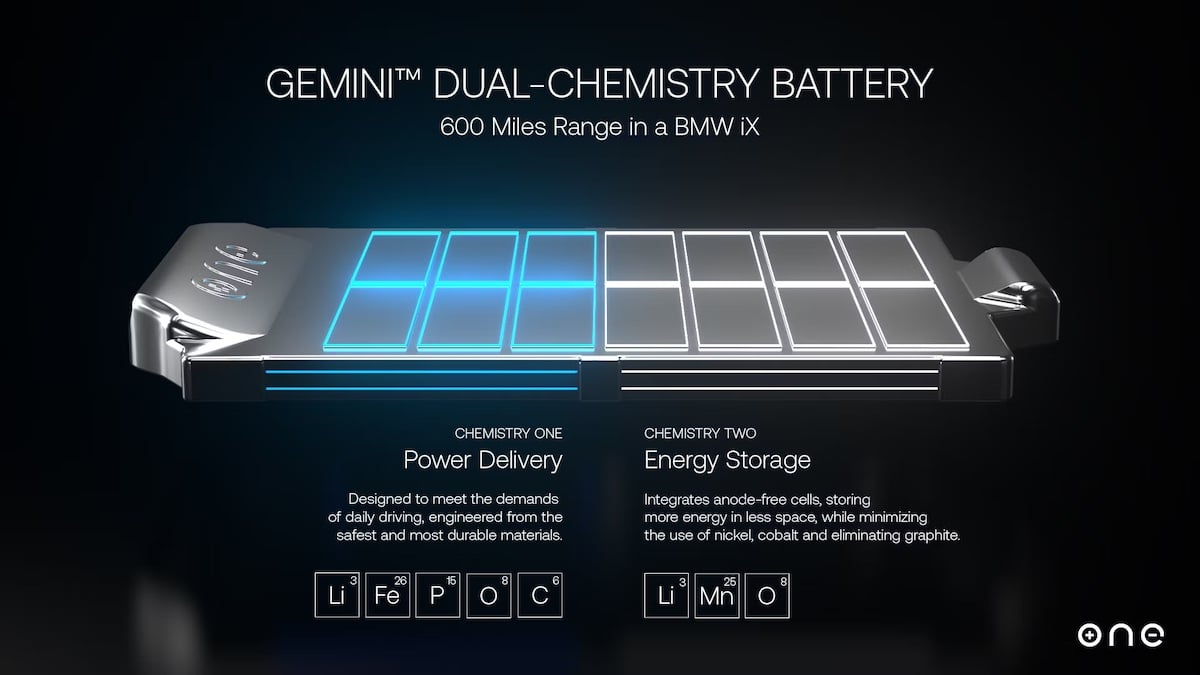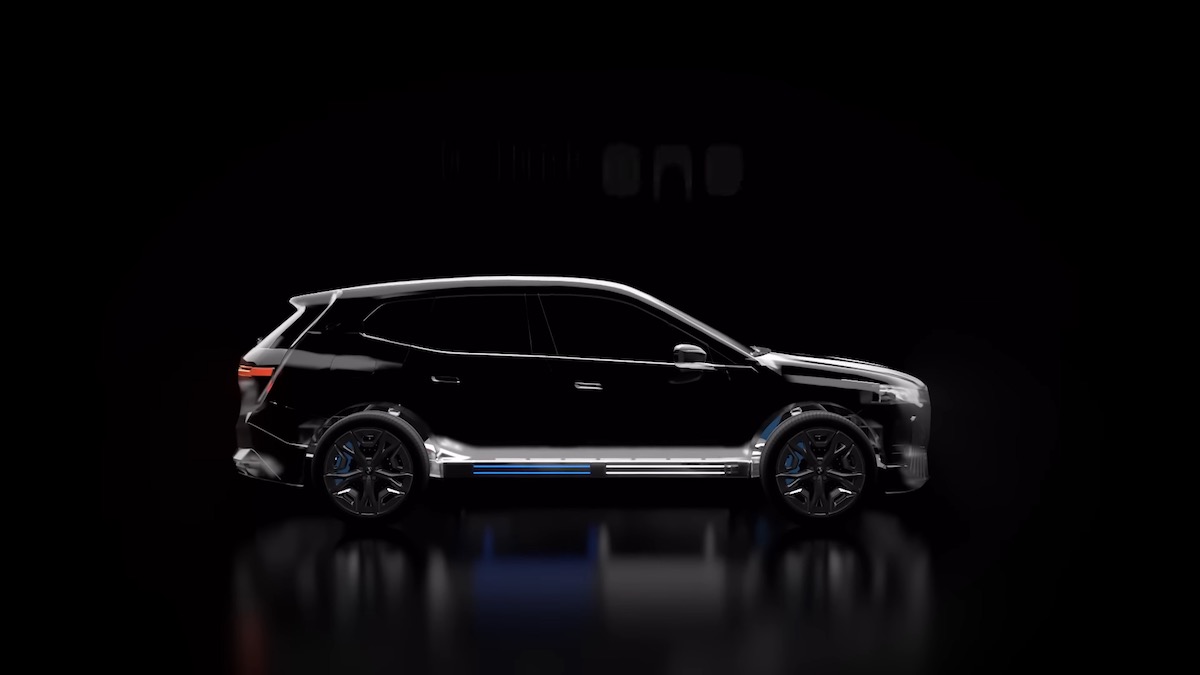The American company Our Next Energy is working on an unprecedented dual battery technology, which offers a range of up to 1,000 kilometres. This has the particularity of combining two different chemistries. A perfect combination?
Sales of electric cars are doing quite well, with two models even making it into the world top 10 in 2022, a first. Except that there are still certain brakes for many motorists: the price as well as the autonomy. Two obstacles that will soon be history, thanks to the future parity in terms of tariffs and the development of new battery technologies.
A double chemistry
One thinks for example of the Qilin CTP 3.0 from CATL, which promises a range of 1,000 kilometers according to the CLTC cycle, or approximately 850 WLTP kilometers in Europe. Other equipment manufacturers and manufacturers are also working on very fast charging solutions such as Nio, while the development of the solid-state battery continues. But that doesn’t stop many drivers from suffering from ” range anxiety“.
A phenomenon characterized by the fear of lacking autonomy. A problem, however, is becoming less and less present, thanks to the development of charging infrastructures in particular. But companies are working on even more innovative solutions, such as the American start-up Our Next Energy (ONE), specializing in batteries.

In an article on the site Automotive World, this announces the development of a very promising new technology, which would make it possible to considerably improve the autonomy of electric cars. According to its CEO Mujeeb Ijaz, formerly at Ford and Apple, this solution known as Gemini would allow cars equipped with it to travel up to 600 miles in one go. which is equivalent to nearly 1,000 kilometers. A figure which is understood according to the EPA cycle, more severe than our European WLTP.
But the company wants to distinguish itself from its rivals like CATL and offer a solution that has never been seen before. For this, ONE wants. The best of both worlds, by combining two distinct chemicals in a single vehicle. Enough to combine the advantages of two technologies and offer greater versatility to the cars that will be equipped with them.
The best of both worlds
As the site explains Automotive News, most manufacturers are now opting for NMC (nickel – manganese – cobalt) technology, which offers better energy density than cobalt-free LFP (lithium – iron – phosphate) chemistry. That is to say thatit can store more electricity for the same size and weightwhich makes it possible to offer greater autonomy.
The problem, is that it costs more and is also less reliable. This is why the battery developed by ONE will use LFP technology, a choice adopted by more and more manufacturers such as Stellantis and Ford. The concern is that it is less dense, which means that a larger accumulator is needed for an autonomy equivalent to an NMC battery. However, we know that a larger battery does not only have advantages.

In order to solve all these problems and find the perfect compromise, the American company’s solution is to divide the battery into two parts. One of them will adopt LFP technology while the second has not yet been disclosed. The first will be used for everyday driving, when a great autonomy is not necessarily necessary. The other will simply serve as a booster for long journeys.
The part using LFP chemistry displays a density of 441 Wh/l and offers a range of 150 miles, or approximately 241 kilometers. This is sufficient for 99% of uses according to the company. The other part using a manganese base would go up 1007 Wh/l for a range of 725 km. It would be used to recharge the first battery during long journeys.
In 2022, the company was already able to test its innovation on a BMW iX, which had been able to travel no less than 1,210 kilometers on a single charge. Enough to beat Tesla, Lucid or even Zeekr, among others. The firm hopes to carry out further demonstrations this year of its revolutionary battery.
To follow us, we invite you to download our Android and iOS application. You can read our articles, files, and watch our latest YouTube videos.
